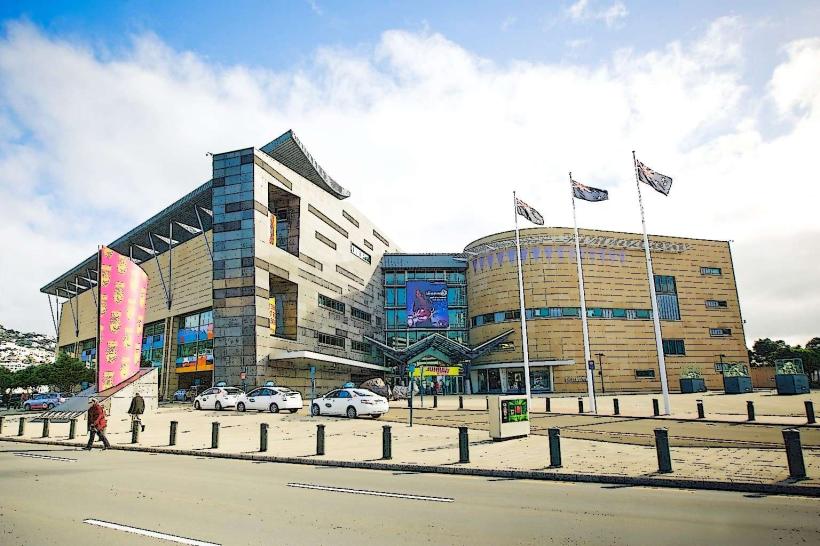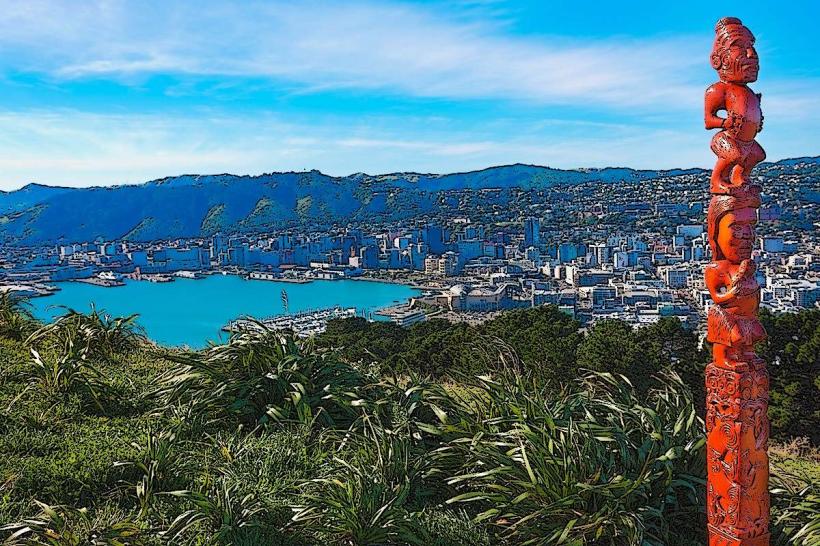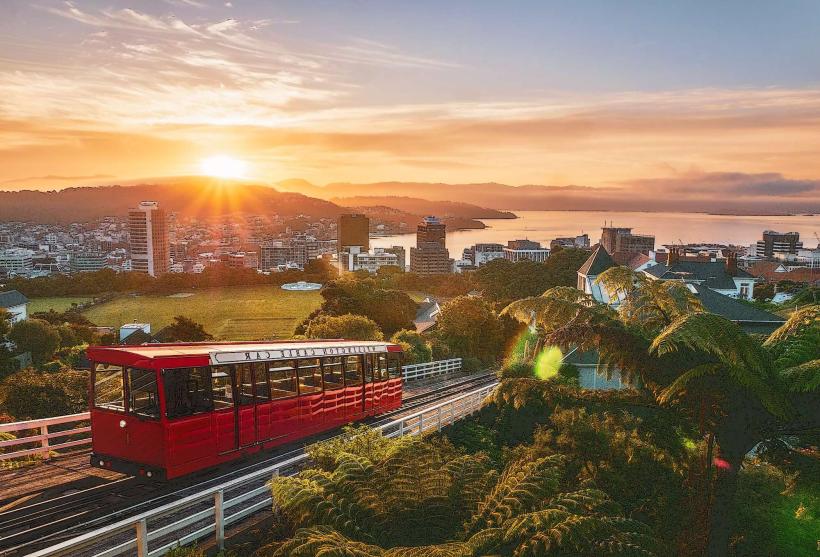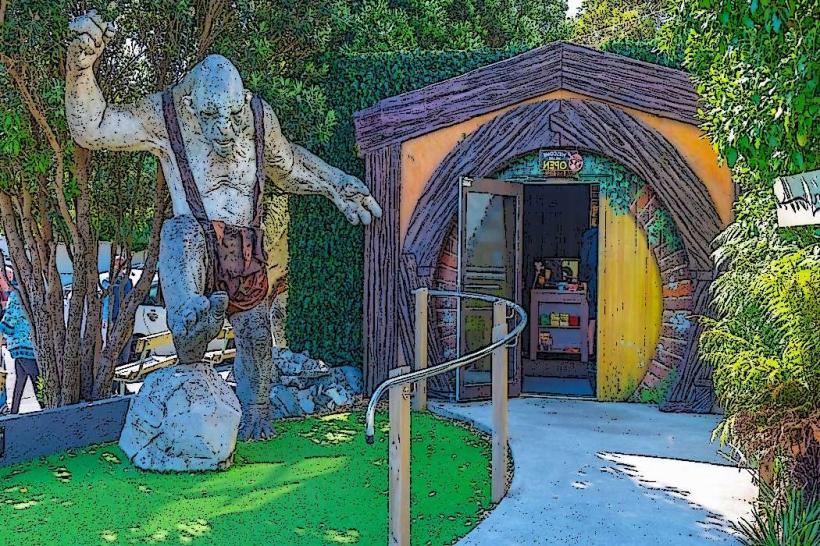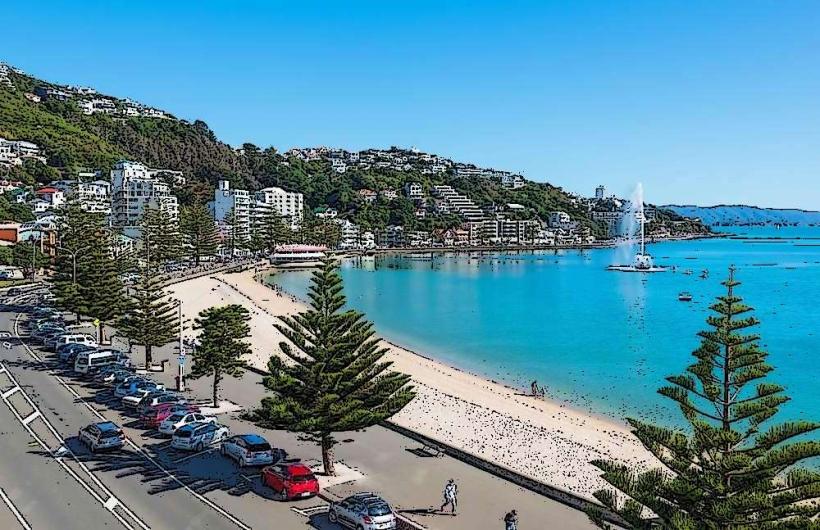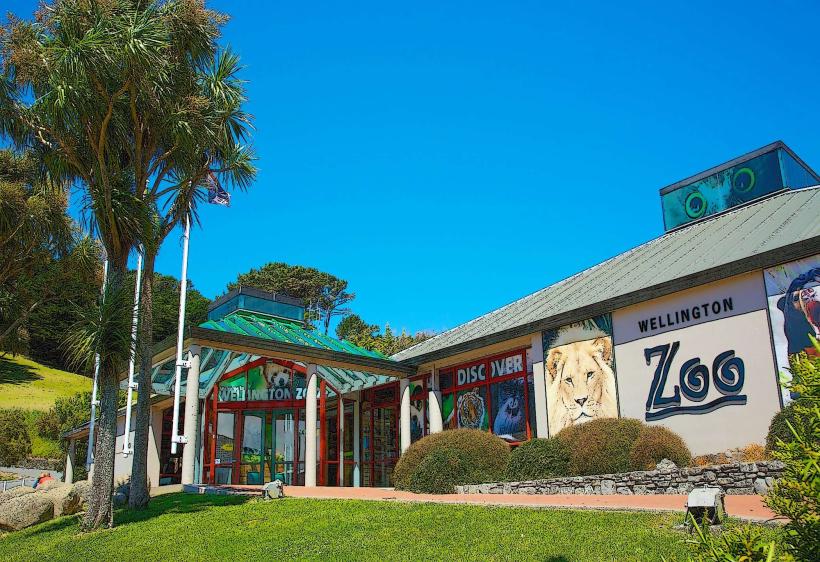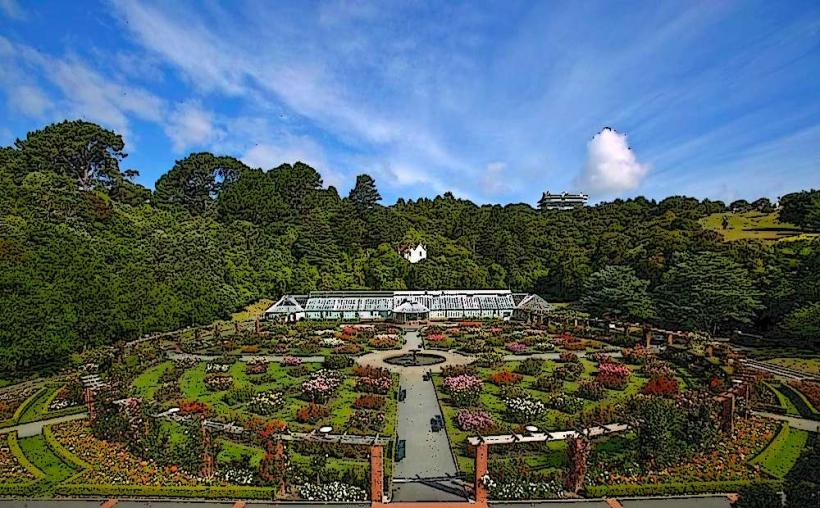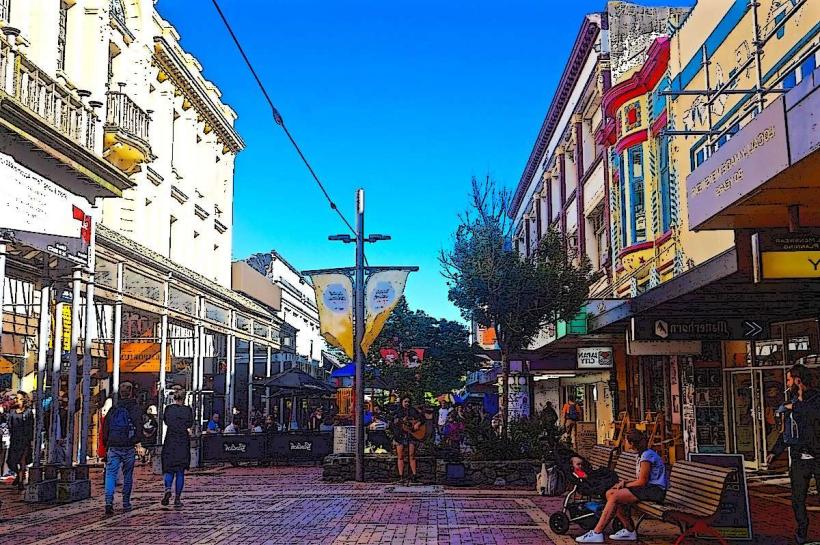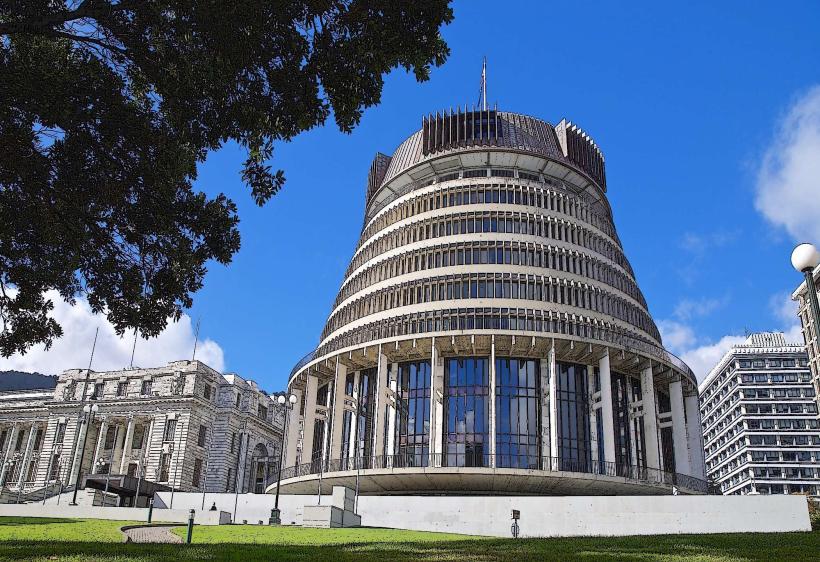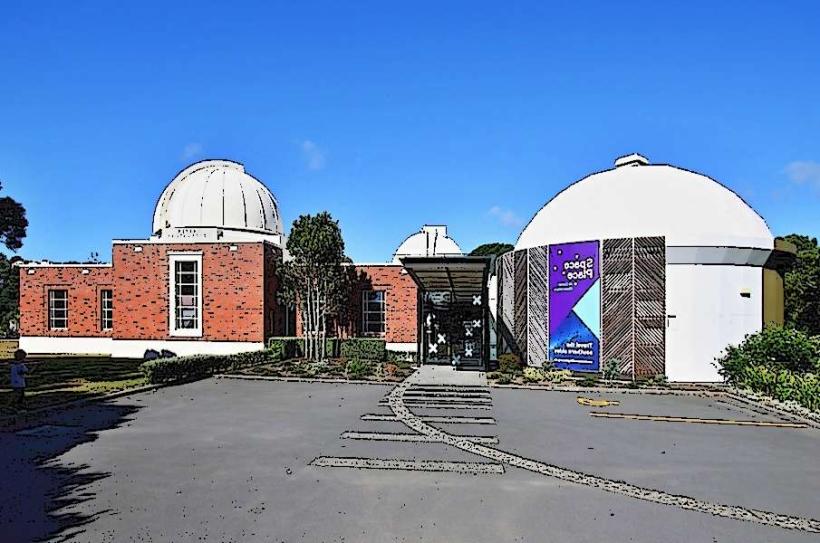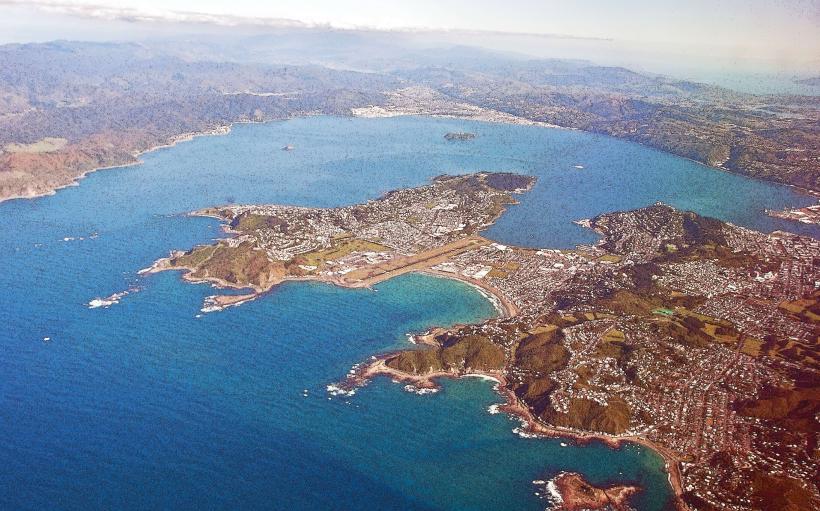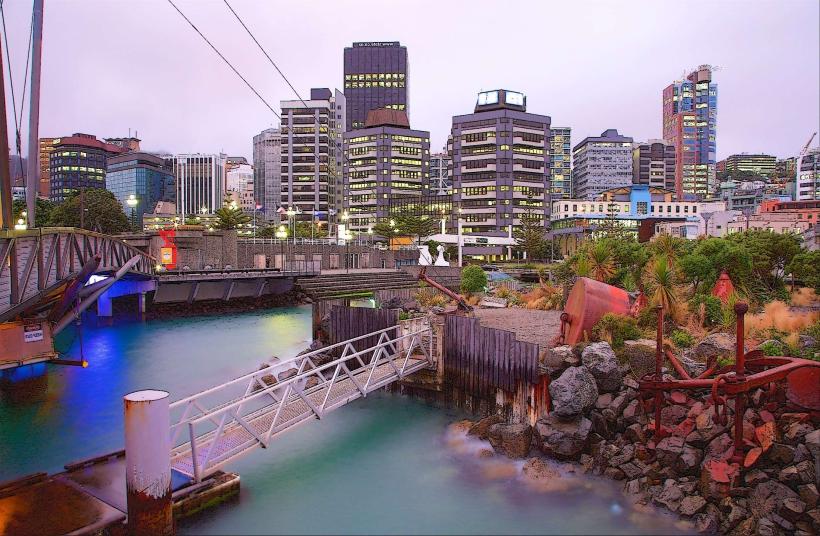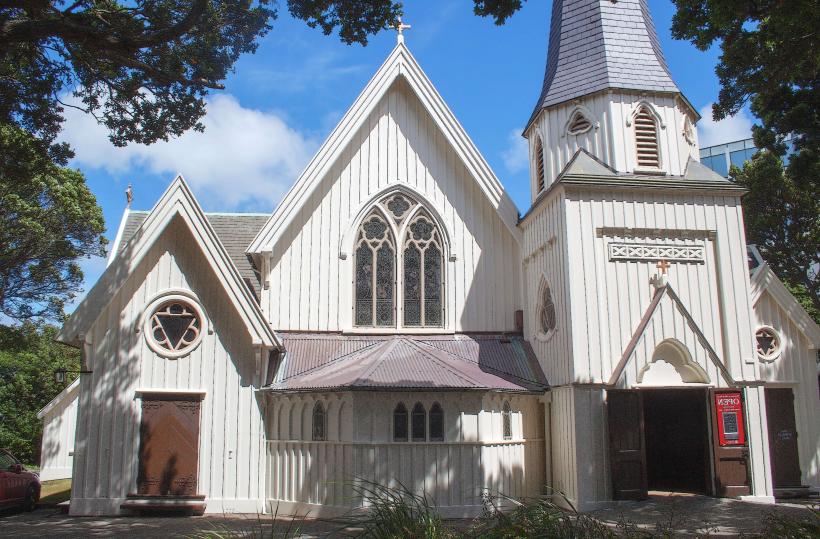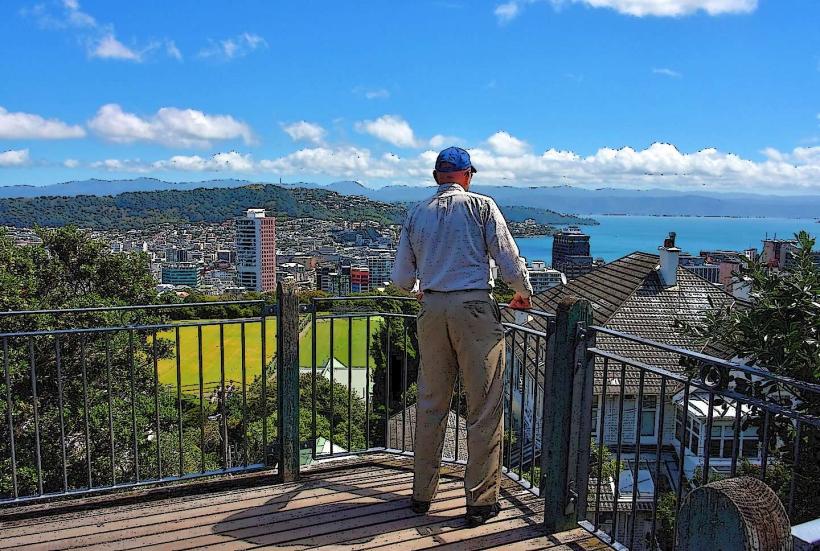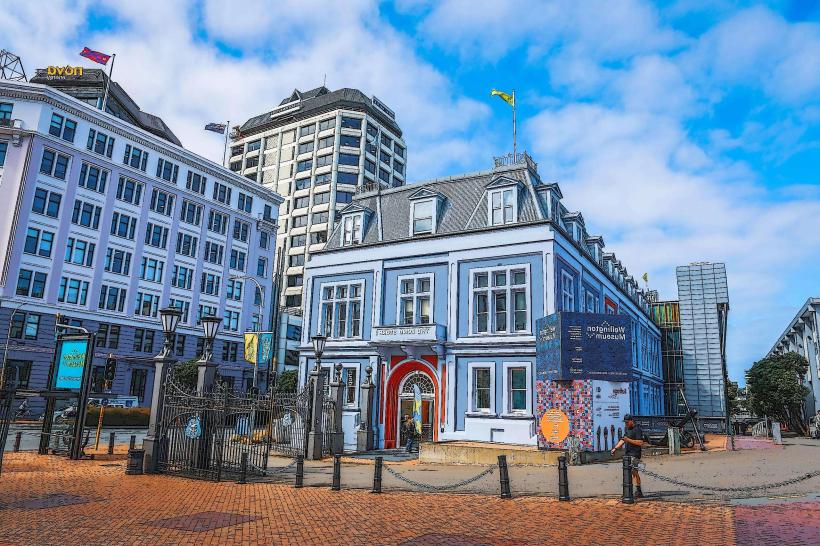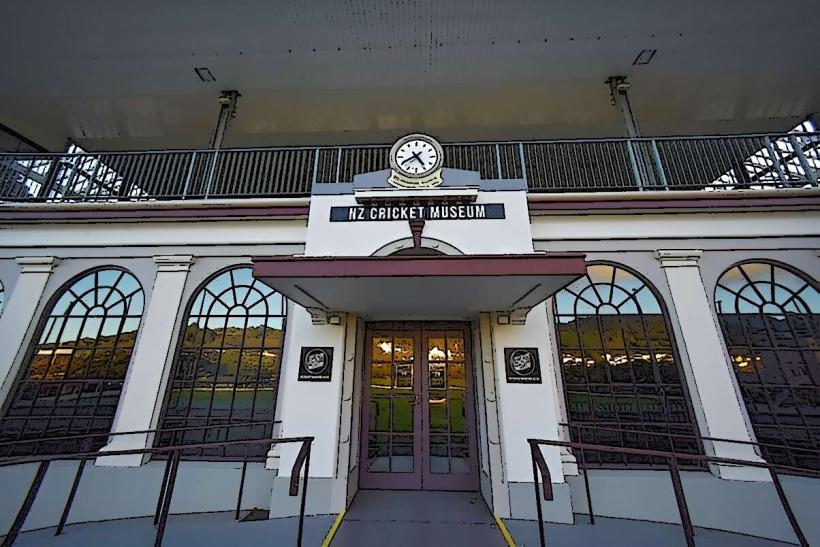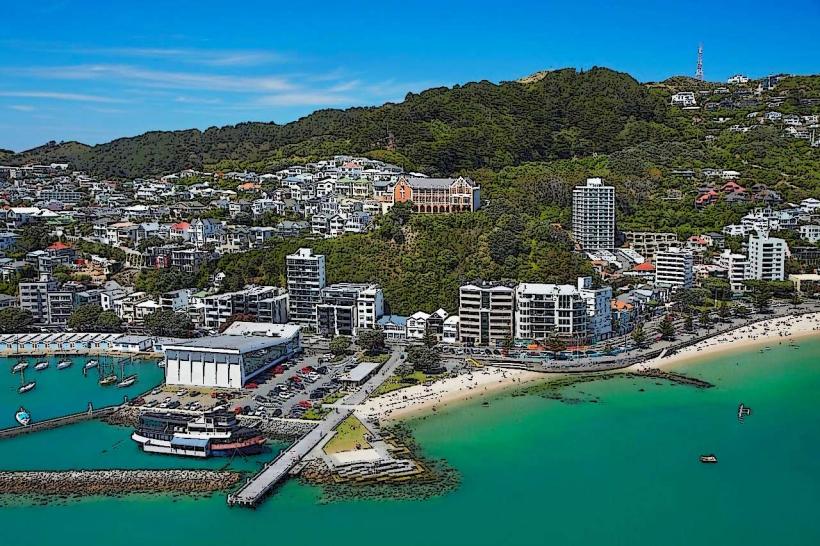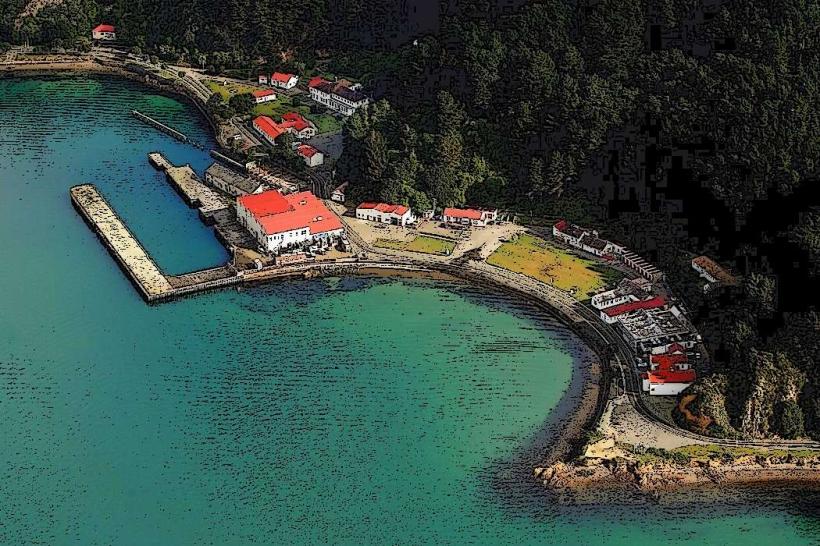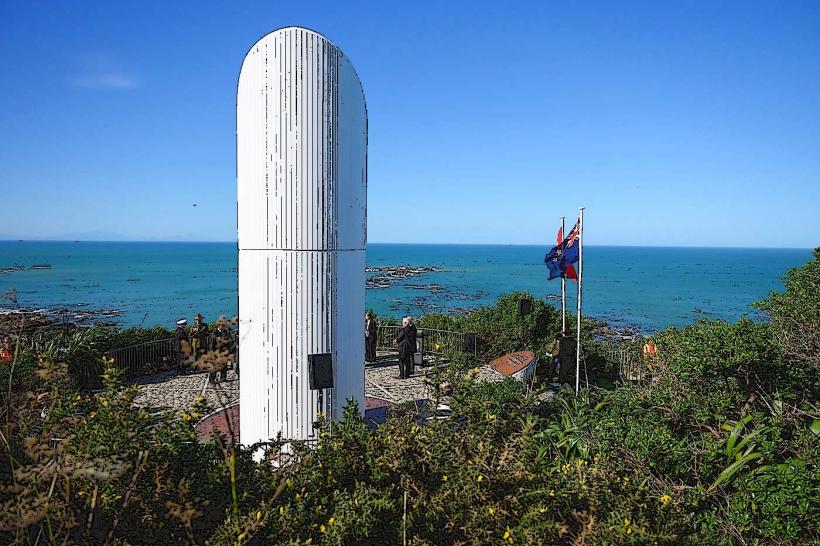Information
Landmark: ZealandiaCity: Wellington
Country: New Zealand
Continent: Australia
Zealandia is a unique wildlife sanctuary located in Wellington, New Zealand, that offers visitors an immersive experience in conservation and the chance to encounter some of the country’s most remarkable native species. Also known as the Karori Wildlife Sanctuary, Zealandia is one of the world’s largest eco-restoration projects, dedicated to preserving New Zealand’s indigenous flora and fauna in a predator-free environment.
Key Features of Zealandia
1. Predator-Free Sanctuary
Zealandia is a predator-free sanctuary that covers 225 hectares of land, making it one of the largest urban wildlife reserves in the world. The sanctuary is surrounded by a specialized fence that keeps out introduced predators like rats, stoats, and possums, which have been responsible for the decline of many native species in New Zealand. This predator-free environment allows native wildlife to thrive in a safe, natural habitat.
2. Native Flora and Fauna
Zealandia is home to a vast range of native New Zealand wildlife that can no longer be found in the wild due to the impact of predators. Some of the key species you can expect to see include:
- Kakā: A large, forest parrot that is known for its striking red and green plumage.
- Takahe: A large, flightless bird that was once thought to be extinct but has been reintroduced to Zealandia.
- North Island Kaka: A forest parrot, known for its inquisitive nature, often seen in the trees.
- Little Blue Penguin: The world’s smallest penguin, often spotted near the sanctuary’s shoreline.
- Feral fish species: The sanctuary works to maintain healthy aquatic ecosystems, providing a safe space for freshwater fish.
- Māori geckos and wētā insects, some of which are rare and endangered.
Additionally, Zealandia is home to a wide variety of native plants, many of which are unique to New Zealand. The sanctuary features forests, wetlands, and lakes, providing the ideal environment for these species to thrive.
3. Conservation Efforts and Restoration Projects
Zealandia plays a significant role in conservation and ecological restoration. The sanctuary focuses on reintroducing species that were once native to New Zealand but became extinct on the mainland due to human activity and the introduction of predators. Zealandia is also involved in:
- Breeding programs for endangered species.
- Ongoing research and monitoring to ensure the health of the ecosystem.
- Community education and awareness programs to promote the importance of conservation and preserving New Zealand's natural heritage.
4. Visitor Experience
Walking Trails: Zealandia has a network of well-maintained walking tracks that allow visitors to explore the sanctuary and enjoy the beautiful natural surroundings. These trails take you through a range of environments, from dense native forest to peaceful lakes and wetlands.
Guided Tours: To enhance the experience, visitors can join guided tours, where knowledgeable guides share insights into the history of the sanctuary, its conservation efforts, and the native species that inhabit the reserve. The tours also highlight the restoration work that has been done over the years to reintroduce species and restore the ecosystem.
Night Tours: Zealandia offers night tours, which provide a unique opportunity to see nocturnal wildlife such as the little spotted kiwi and wētā. These tours are particularly popular, as many of the sanctuary's most elusive creatures are more active after dark.
Visitor Centre: The Zealandia Visitor Centre offers educational exhibits, interactive displays, and a café where you can enjoy a meal or refreshment after your visit. The center provides additional information about the sanctuary's conservation efforts and the importance of protecting New Zealand's wildlife.
5. Accessibility
- Location: Zealandia is located just 10 minutes from Wellington’s city center, making it easily accessible by car, bike, or public transport.
- Public Transport: The sanctuary is well-served by buses from central Wellington, making it easy to reach if you are relying on public transportation.
- Wheelchair Accessible: Some areas of Zealandia are accessible to visitors with limited mobility, including a few of the walking tracks and the Visitor Centre.
Best Time to Visit
- Summer (December to February): The warmer months are ideal for visiting Zealandia, as you can enjoy the full beauty of the landscape and take part in daytime activities. Many native species are more active during this period, and the walking trails are particularly pleasant.
- Autumn (March to May): This season provides a cooler but still pleasant climate, and the changing foliage adds to the scenic beauty of the sanctuary.
- Night Tours: The night tours are available year-round, offering an entirely different experience as you witness nocturnal wildlife in their natural environment.
Admission Fees
Admission fees vary depending on whether you are visiting the sanctuary during the day or participating in special tours. Typical prices for adult tickets range from NZD 20 to 40, with discounts for children, seniors, and families. Night tours and guided experiences typically cost more, and tickets can be purchased online or at the Visitor Centre.
How to Get There
- By Car: Zealandia is just a 10-minute drive from Wellington’s city center. There is ample parking available at the sanctuary.
- Public Transport: You can take bus routes that go to the Karori area, with stops near Zealandia. It's a short walk from the bus stop to the entrance.
- By Bike: Zealandia is bike-friendly, and you can cycle from the city center or nearby neighborhoods.
Conclusion
Zealandia is a world-class wildlife sanctuary and a leader in conservation and ecological restoration. It provides visitors with a chance to explore New Zealand’s unique flora and fauna while learning about the country’s significant efforts to restore its natural environment. Whether you’re a nature enthusiast, a wildlife lover, or simply interested in conservation, Zealandia offers a memorable and enriching experience that highlights the beauty and importance of New Zealand's native species.

